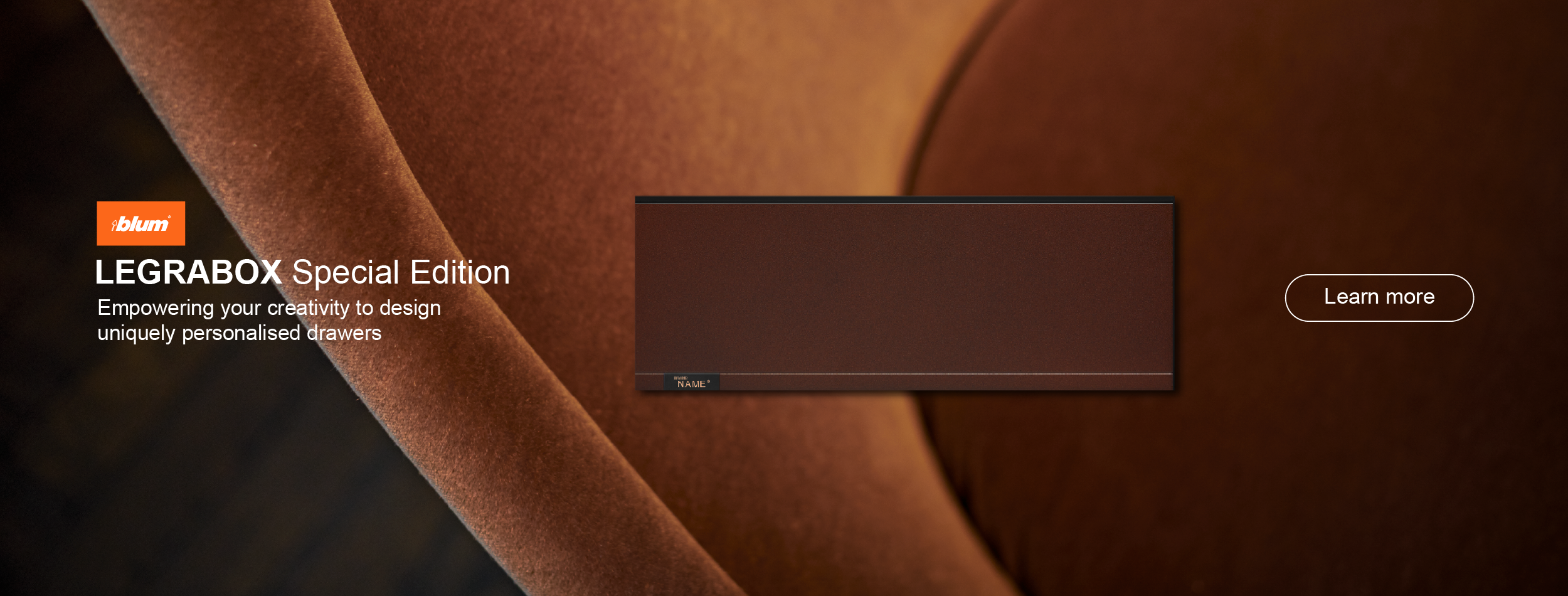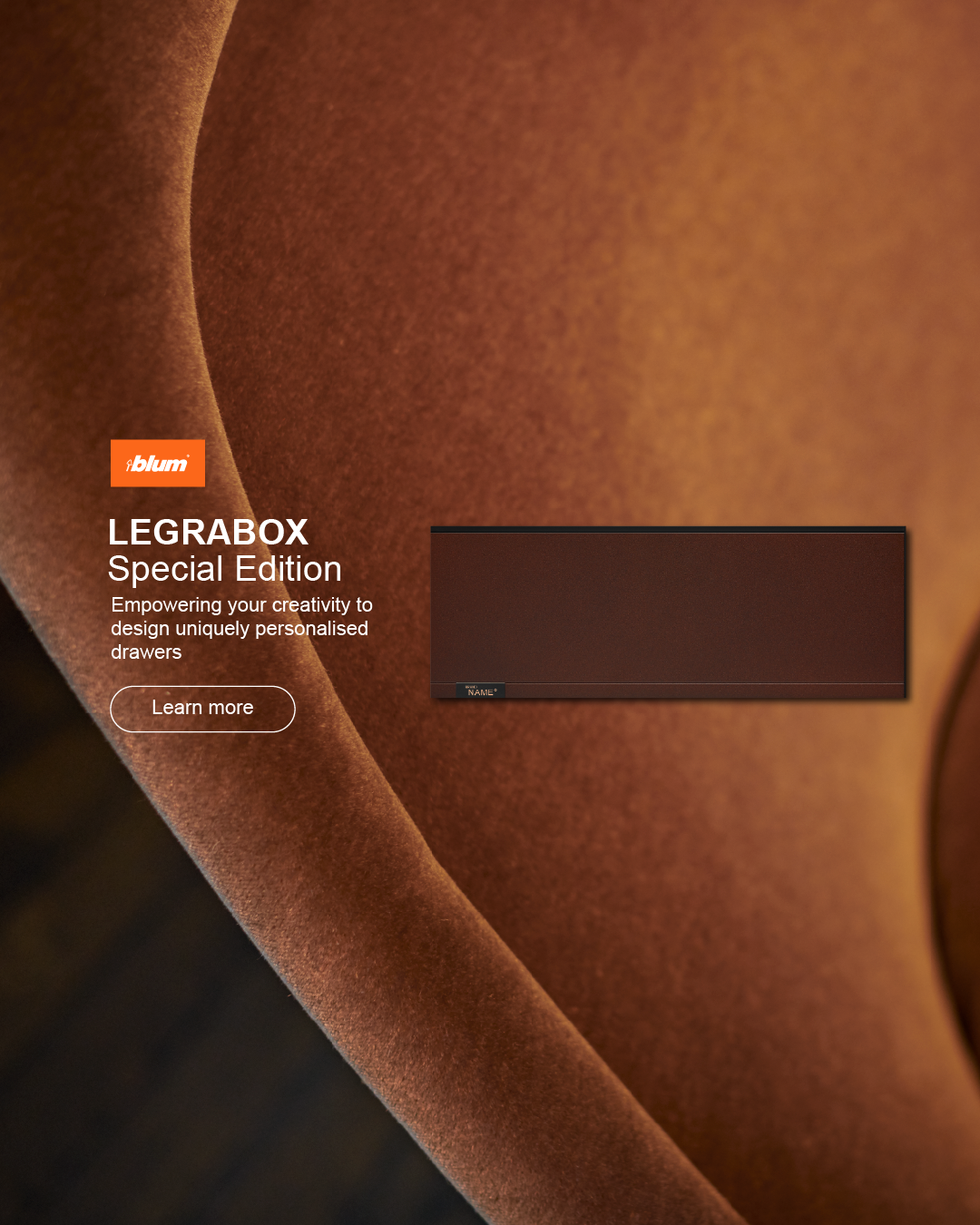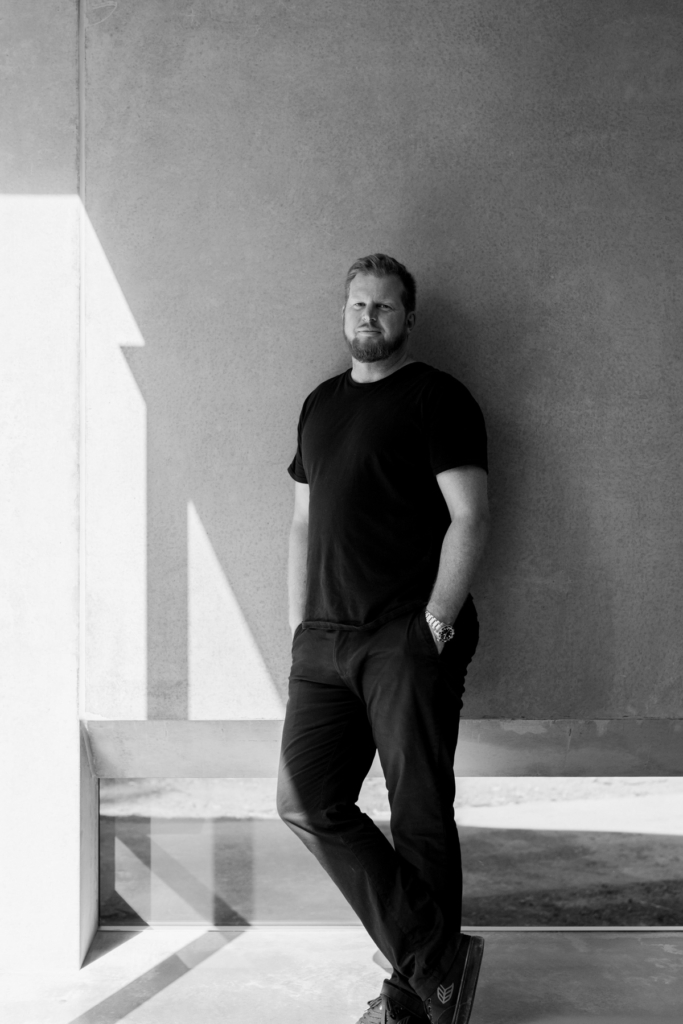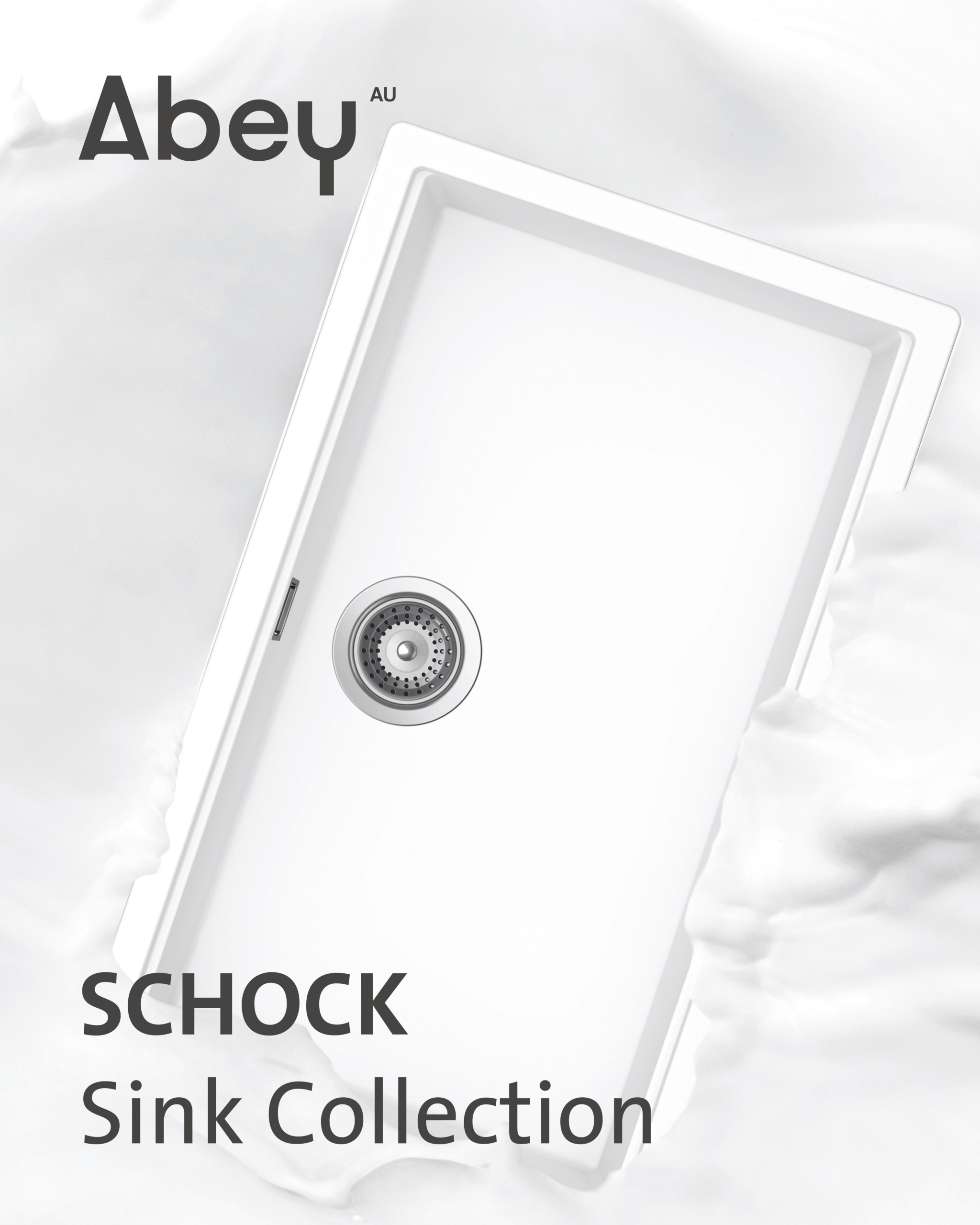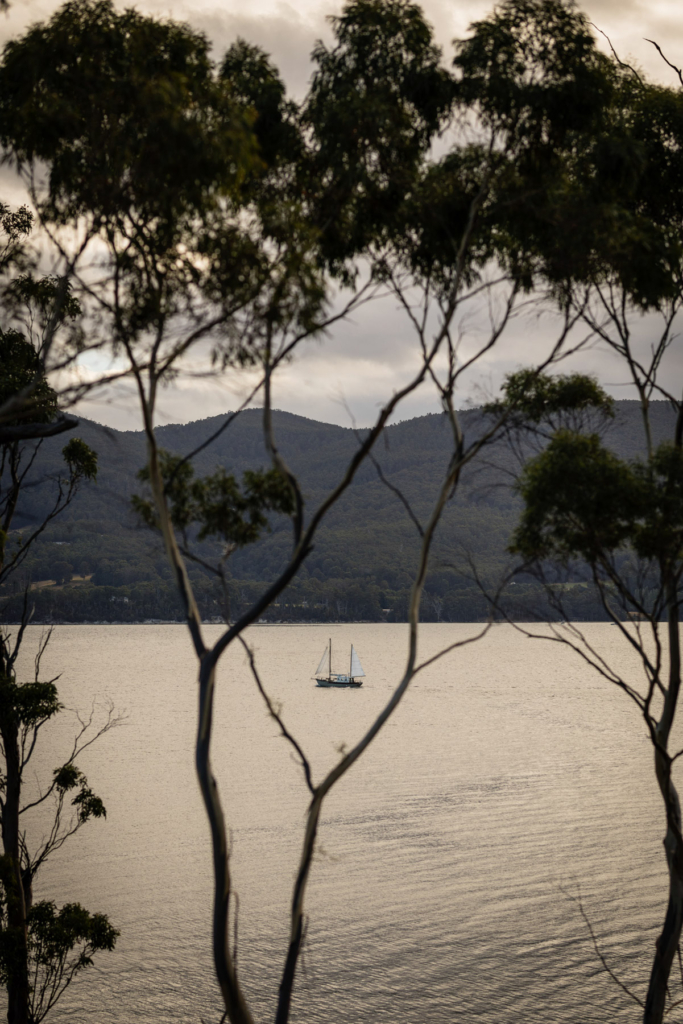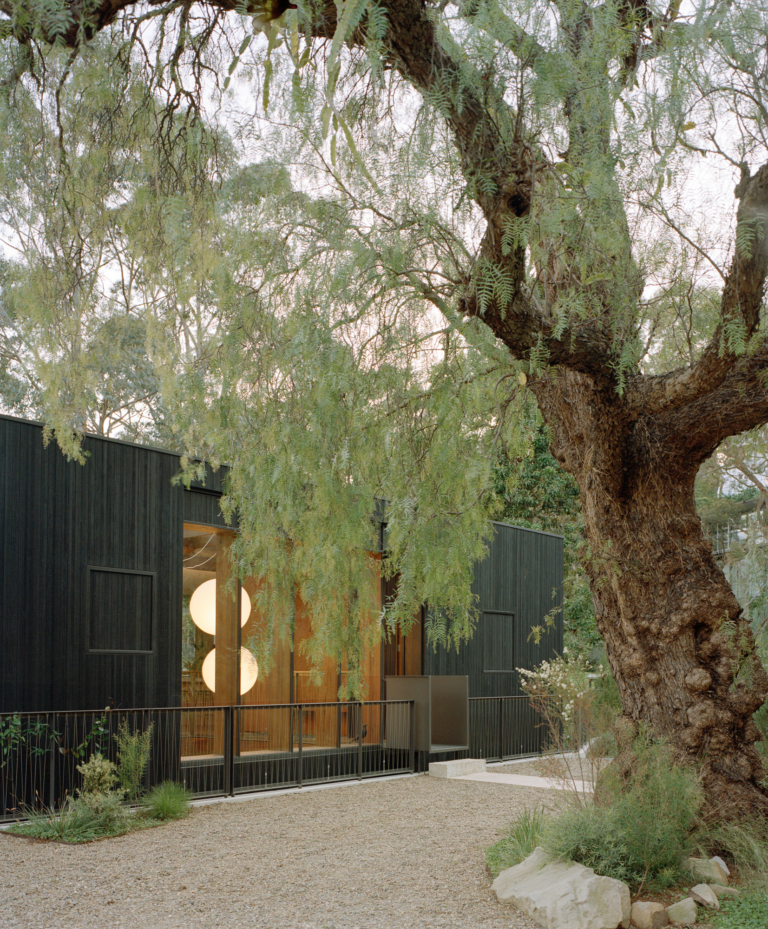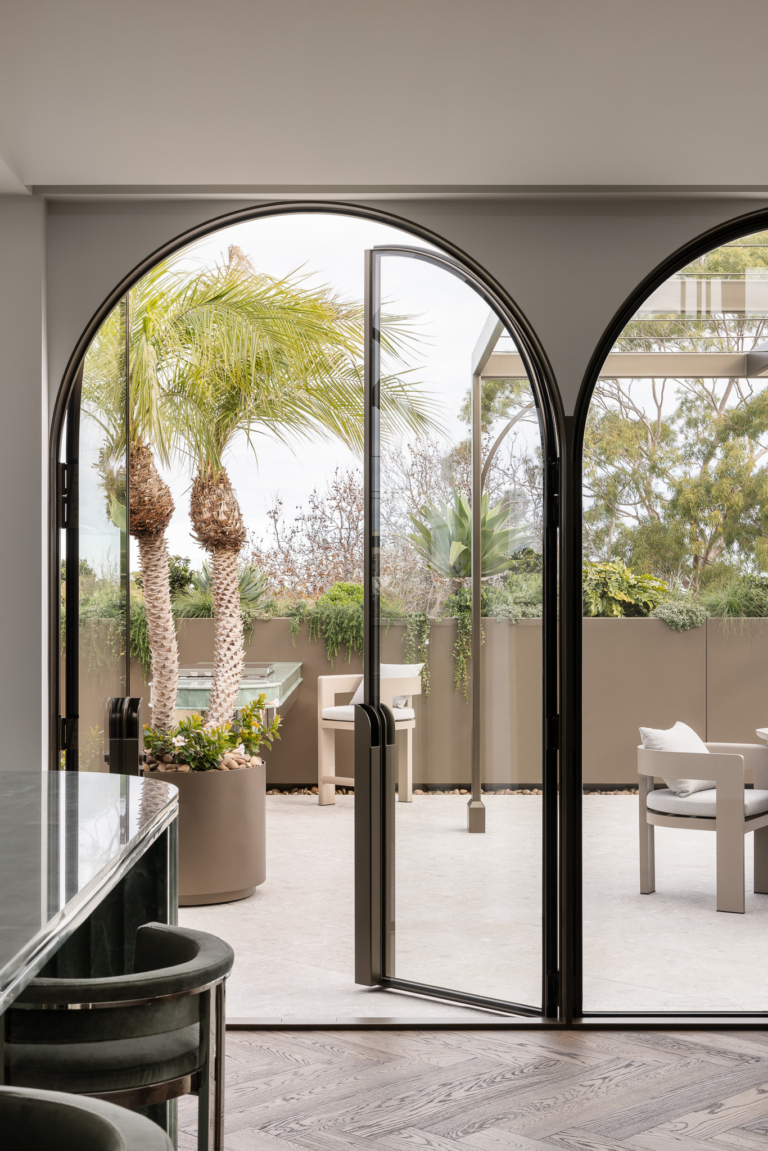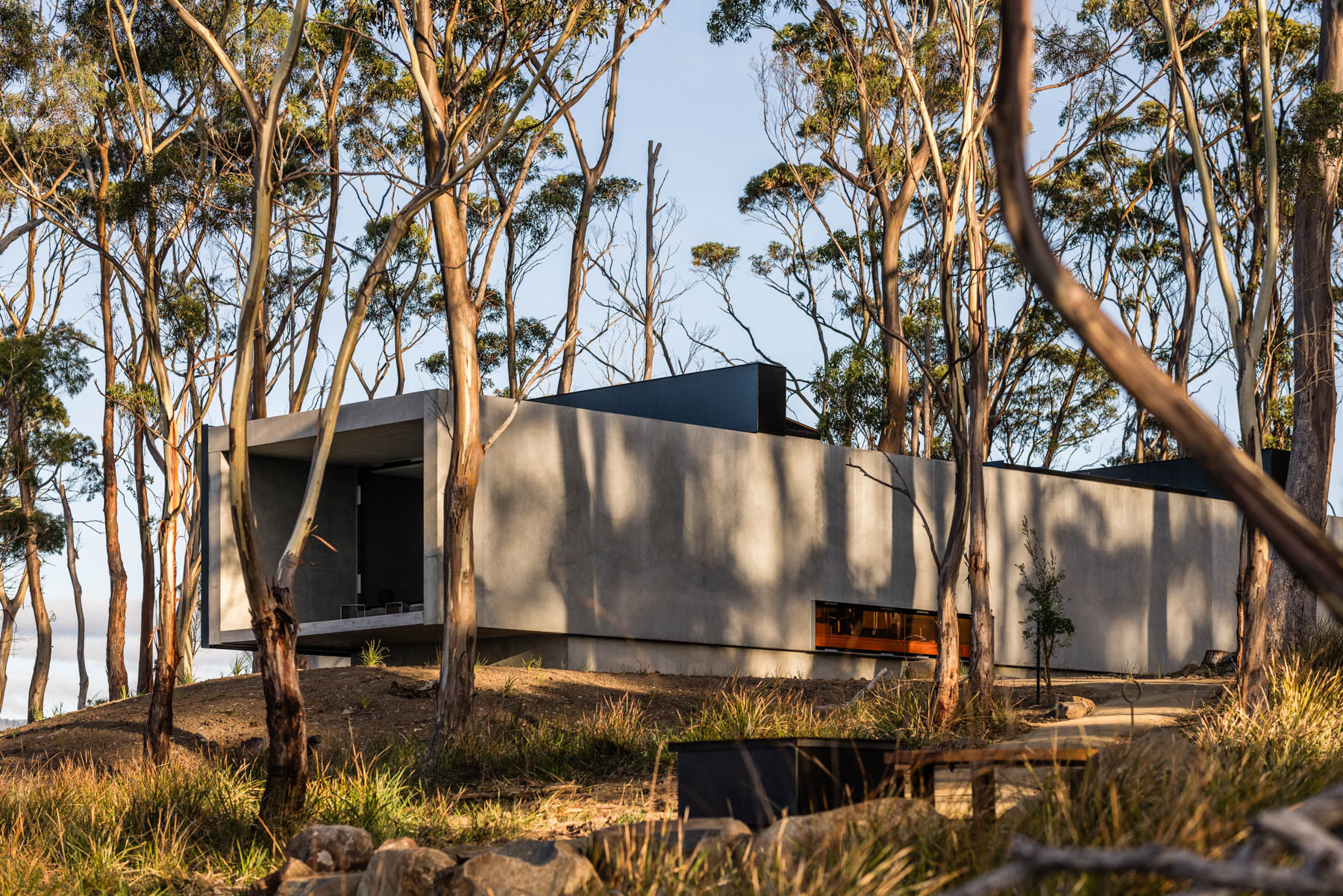
Travel: Vipp Tunnel
Designed by Hobart-based Room 11 Architects, Vipp’s first guesthouse in the Southern Hemisphere is a thoughtful rumination on design and nature amid Bruny Island’s rugged landscape.
“One-room wonders.” This is how Vipp CEO Kasper Egelund refers to the Danish design brand’s global guesthouses, which explore the company’s Scandinavian heritage in the context of architecturally designed homes. Kitted out with Vipp products – including its iconic bin, designed in 1939 by founder and Egelund’s grandfather, Holger Nielsen, and the company’s minimalist modular kitchens – these stays are savvy brand experiences shaped by context.
“Our portfolio of guesthouses is about elevating the Vipp product experience and creating a doorway into our design universe,” says Egelund. “By working with different architectural typologies and the local vernacular, we can craft distinct design experiences.”
With 11 guesthouses worldwide, from Latvia and Mexico to the Pyrenees mountains, the destination is integral to the experience, and Tasmania proved a fitting choice. “The remoteness and sense of being on the edge of the world feel very much in line with many of the properties in our guesthouse portfolio,” says Egelund. “These are places to slow down and engage in a dialogue between nature and architecture.”
Vipp Tunnel is situated on a large parcel of land on Bruny Island’s north-western point, where the bush meets the sea. Reaching out from beneath the mature red gums towards the water’s edge, the structure presents as a rationalised, brutalist-looking volume. “We have created understandable forms that do not mimic context; rather, they create an intelligible form from which we can comprehend the nature of place,” says architect Thomas Bailey, adding that it’s a place where “the cut of contemporary architectural thinking is starkly rendered against a raw, natural context.”
Formed with concrete, the southern elevation features wall-to-wall glass set back from the structure’s frame, creating a protected terrace to view boats sail by and wallabies graze. Also, the western facade is “derived from the geometry” of solar panels, ensuring off-grid living. “As far as we are aware, this is the first building to feature an entire facade created by solar technology, making the most of the location’s latitude,” says Bailey.
Despite Vipp Tunnel’s bold presence, it is low-lying and linear, and the effect is of a discreet piece of architecture seemingly woven between the tall trees. This is the result of a highly sensitive approach to siting, which involved extensive tree surveys early in the design phase, and consequently establishing a narrow construction corridor to ensure minimal impact to endemic vegetation.
The interplay of light is an integral element of the design and it permeates the experience in several ways. An atrium punctuates the dwelling at its centre, separating the bedroom and bathroom at the rear from the kitchen and sunken lounge room at the fore. It simultaneously facilitates sightlines to the sky and brings northern light deep into the floor plan.
Partly inspired by the Aurora Australis, the iridescent light show that graces the southern skies, Bailey has employed chromatic glazing in vivid shades of yellow, pink and orange. When illuminated by the sun, a kaleidoscope of colour enlivens the concrete walls and floors across the course of the day, directly attuning the senses to the natural environment.
The guesthouse shares the site with a studio – a separate concrete cube with four-metre-high ceilings and a mezzanine-level bed. Sparsely decorated with a Vipp swivel chair and with views to the bushland and wildlife, it serves as an idyllic writer’s retreat, second bedroom or secluded meditation space. Also on the site is a series of outdoor sculptures in organic shapes by renowned Danish artist Lin Utzon, daughter of the famed Sydney Opera House architect Jørn Utzon, that appear to dance with the encircling gum trees.
Though little convincing is required to visit Bruny Island’s majestic shores, Vipp Tunnel ensures the island will remain on travellers’ lists of places to visit.
There is a sense of harmony that pervades this site; from the purposeful and instinctive rapport between built form and landscape, to the unexpected, design-centric moments that animate the day-to-day experience. And though little convincing is required to visit Bruny Island’s majestic shores, Vipp Tunnel ensures the island will remain on travellers’ lists of places to visit. As Egelund says, “if it was not a two-day journey away from Copenhagen, I would check in instantly.”
Vipp Tunnel is available from $970 per night for two people.
Architecture by Room 11 Architects. Interior design by Vipp with Room 11 Architects. Build by Merlin Constructions.










